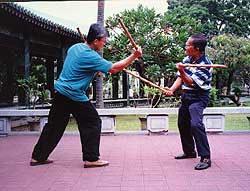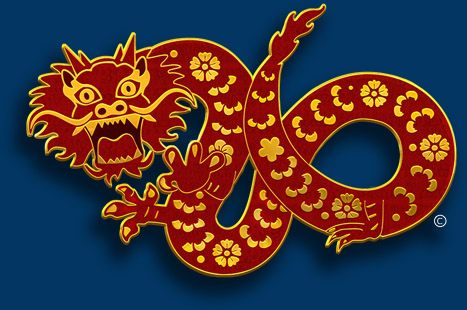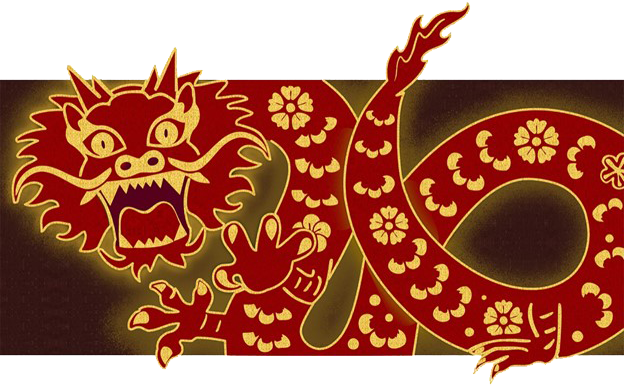20th-Century Arnis
The Reemergence of a Warrior's Art
(Part 2)
By Mark V. Wiley
In 1960, Romeo Mamar founded the art of tapado which utilizes a forty-three inch staff held at one end with both hands. The art has only two movements in its repertoire, and they are simultaneously blocks and strikes. Mamar founded this art in Taloc, Bago City after having become disheartened by the limitations of the four methods of arnis, lagas, sinamak, layaw, and uhido, he previously learned. In 1963 the Samahan sa Arnis ng Pilipinas sponsored the First National Arnis Festival. This festival was important as it was the first time that the Filipino martial arts were televised for all to see. Various demonstrations of arnis were given by experts from Far Eastern University and the Tondo School of Arnis, which was founded by Jose Mena.

After studying thirteen styles of arnis, Mena developed a personal style called doblete rapillon or, simply, Mena arnis.
The year 1966 was another eventful for arnis in Cebu City. Florencio Roque founded the Tornado Garote Self-Defense Club to promote Tatay Ensong's bahad style, which Roque studied in the 1930s.

By 1973 Magdaleno had incorporated escrido-the martial art of Ciriaco "Cacoy" Cañete – and changed the name of his club to the Black Cat Self-Defense Club.
Also in 1966, Angel Cabales,with the assistance of students Max Sarmiento and DentoyRevillar, opened the first "commercial" eskrima academy in the United States in Stockton, California.


Leo Giron followed soon with his Bahala Na Filipino Martial Arts school in Tracy, California.
In 1968, Bakbakan International was founded by a number of martial artists in Manila, as a brotherhood of martial artists in the Philippines. Since it founding Bakbakan has promoted Filipino martial arts around the world through the opening of clubs, sponsoring of seminars, the editing and publishing of books and newsletters, and the production of instructional video tapes. Then in 1969, under the encouragement of then director and secretary-treasurer of the Philippine Amateur Athletic Federation, Colonel Arsenio de Borja, arnis was offered as part of the curriculum for a Bachelors of Arts degree in the physical education program at Manila s National College of Physical Education.
The 1970s marked another important decade for the growth and spread of martial arts in the Philippines.
In 1972, Felimon Caburnay,an original Doce Pares

In 1975, the National Arnis Federation of the Philippines (NARAPHIL) was organized by General Fabian Ver. At that time General Ver was the Chief of Staff of the Armed Forces of the Philippines and became NARAPHIL s first president. The Philippine Arnis Confederation was also founded in this year by Crispulo "Ising" Atillo. The goal of the Confederation was to expand on the techniques of their grandmaster, Teodoro "Doring" Saavedra, also an original member of the Doce Pares Association. The Punta Princesa Eskrima Club was also founded in 1975 by Artemio Paez, Felipe Atillo, and Carlos Navarro. The United States had its first full-contact arnis tournament also at this time. The event was held in New York and was organized by Amante "Mat" Mariñas and supported by Florendo "Vee" Visitacion.
Visitacion, interestingly, has founded quite a number of martial arts over the past forty years, Filipino and otherwise. Most notably, though, are his Vee arnis and Vee-arnis-jitsu systems.
Mark V. Wiley
Mark began martial arts training in 1979 and the study of mind-body health practices in 1987. Since 1994, Wiley has been conducting extensive research on martial arts and healing traditions in the Philippines, Malaysia, Singapore, Taiwan, Japan, Hong Kong, and the United States. During that time, he lived in Japan and the Philippines. 1990 saw the publication of his first article in Black Belt Magazine, and he has since published over 400 more. In 1994 his first book was published, in 1995 he joined the editorial board of the Journal of Asian Martial Arts, and in 1996 he became the martial arts Editor for Tuttle Publishing in Tokyo, Japan. In 2000, Mark was the first person to conduct martial art research among the MatigSalog tribe of Mindanao, Philippines. Some of his senior ranks, titles, and awards include:
Master's Degree in Cabales Serrada Escrima, awarded by Grandmaster Angel Cabales (1990) – 7th Degree Black Belt in Modern Arnis, awarded by Grandmaster Remy Presas (2001) – Associate Grandmaster of FMA and 6th Dan Master ofKabaroan Eskrima, awarded by Grandmaster Ramiro Estalilla (2005) – Honorary Grandmaster of Serrada Escrima, awarded by the World Serrada Escrima Federation (2013) – Lakan Sampu (10th Dan), awarded by Grandmaster Vicente Sanchez (2013) – Datu and Grandmaster, awarded by the Modern Lightning Kali Arnis de Abaniko FMA Association (2013) – Recognized as 'Publisher of the Year' by the United Fellowship of Martial Artists (2015) – Named "FMA Ambassador" by iArnis, Philippine Sports Commission, Philippine Olympic Committee, Philippine Department of Tourism, Philippine National Commission for Culture and Arts(2015) – Master of Ngo Cho Kun (2015) and Head of Beng Hong Athletic Association (1998), awarded by Sifu Alexander Lim Co – Inducted into the Philadelphia Historic Martial Arts Society Hall of Fame (2016) – Faculty Member of the Global Fellowship of FMA Legends and Grandmasters (2016) – Named as an Adviser to the Mataw Guro Association, by MG Louelle Lledo (2016) – Board of Advisers and Medical Consultant to the Society of Black Belts of America, by Shihan Christopher Viggiano (2017) – Board of Directors of the Arnis Pederasyon International, Inc., awarded by GM Reymond Velayo and Datu Shishir Inocalla(2017) – Recognized as "Holistic Healer and Martial Arts Historian" at the Legacy of Mosses Powell (2018).
Within the Filipino martial arts, Wiley was a direct student and disciple of seven FMA grandmasters, Remy Presas, Angel Cabales, Herminio Binas, Florendo Visitacion, Ramiro Estalilla, Benjamin Luna Lema, and Antonio Ilustrisimo. Wiley is the developer of Integrated Eskrima, a cutting-edge system of teaching and training Filipino martial arts. Within Chinese martial arts, he is the disciple of Sifu Alexander Lim Co and as the head of Beng Hong Athletic Association, one of the standard bearers of Ngo Cho Kun (Fujian Five Ancestor Boxing), and Instructor of Wing Chununder Sifu Robert Chu. He is also a student of Pak Mei, Jook Lum and Chu Gar.
Mark is a prolific author on the topics of Filipino and Chinese martial arts and natural wellness. His martial arts books include: Filipino Martial Arts: Cabales Serrada Escrima, Filipino Martial Culture, Martial Arts Talk, Arnis: Reflections on the History and Culture of Filipino Martial Arts, Secrets of Phoenix Eye Fist Kung-Fu, Mastering Eskrima Disarms, Secrets of Cabales Serrada Escrima, Filipino Fighting Arts: Theory and Practice. His health books include: The Hypertension Solution, Outwitting Headaches, Headaches Relieved, Natural Solutions for Pain and Inflammation, Arthritis Reversed.
He has written chapters for the Illustrated Encyclopedia of Body-Mind Disciplines, the Encyclopedia of World Sport, Indo-Malay Martial Traditions, Asian Martial Arts, Monks, and Ways of Thought: An Anthology, Filipino Martial Arts Anthology, in addition to penning forwards to over 20 books, and has been profiled in the The Martial Arts Directory, The World's Greatest Martial Artists, and Escrima Masters. He has served as executive martial arts editor for Tuttle Publishing, in their Tokyo and Boston offices, as publishing manager for Multi-Media Books and Unique Publications, as associate publisher of Martial Arts Illustrated magazine, editor of Martial Arts Legends magazine and Quality of Life, and as associate editor of the Journal of Asian Martial Arts. Wiley has been featured on the cover of six magazines and inducted into several Hall of Fames. In 2013 he founded Tambuli Media, and since 2018 has been involved in film writing and production, including his award-winning feature film, Made in Chinatown.
Search for more articles by this author:







